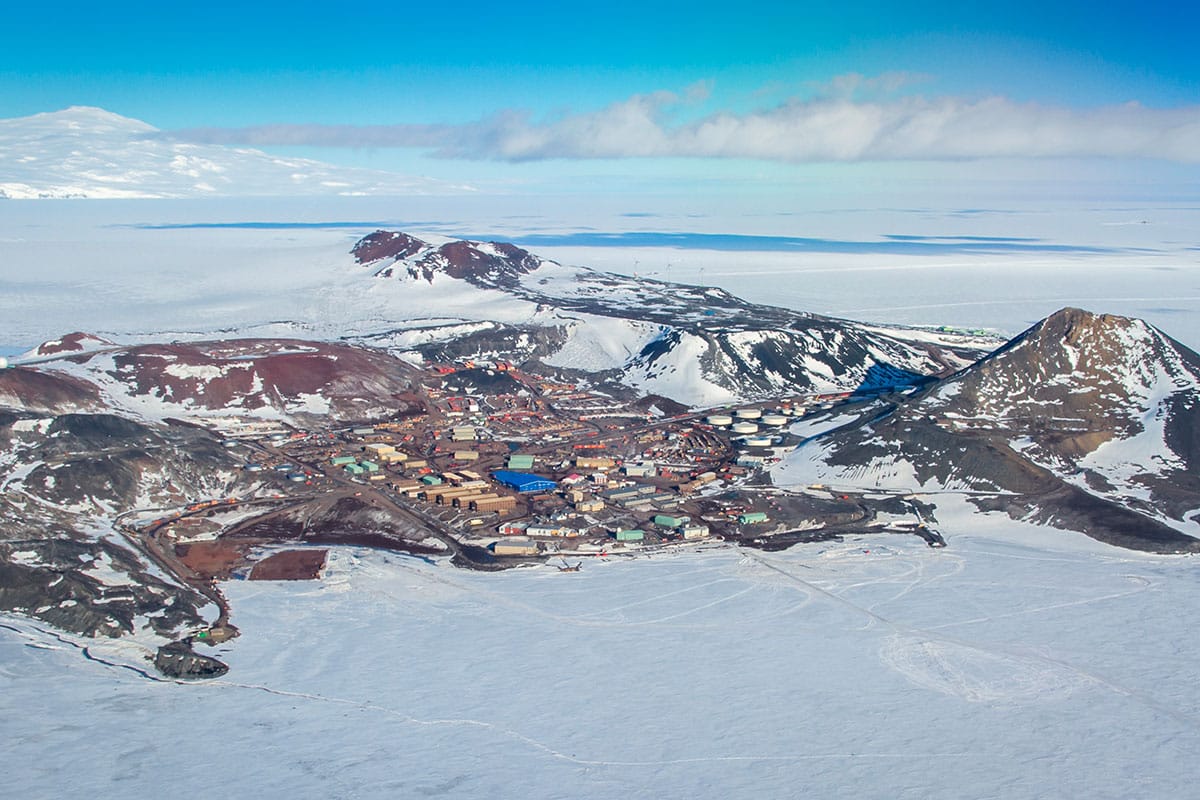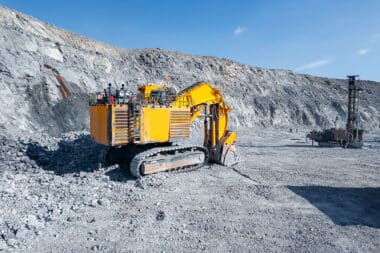Scientists have recently uncovered a landscape tucked away under the vast ice of East Antarctica. This unexpected find reveals a terrain hidden under 1.24 miles of ice, covering over 3.86 million square miles. It dates back 34 million years to when Antarctica was part of the supercontinent Gondwana (back when continents were connected in ways we can barely imagine). This discovery not only gives us a peek into Earth’s distant past but also helps us figure out what might happen to our world’s climate down the road.
A glimpse into gondwana’s past
This ancient landscape comes from a time when Antarctica joined Africa, South America, and Australia in the great supercontinent, Gondwana. Back then, the land was filled with flowing rivers, thick forests, and even dinosaurs roaming about. As the planet cooled down, ice started taking over about 20 million years ago, forming the East Antarctic Ice Sheet (EAIS) during the Eocene-Oligocene shift around 34 million years ago.
The old river-sculpted terrain, roughly the size of Wales, features valleys, ridges, and channels that tell a vivid story of its lively past. High regions like the Gamburtsev Subglacial Mountains and the Transantarctic Mountains further mark this hidden geography (these mountains help us picture just how dramatic the landscape once was).
The Netherlands is about to make a radical change to its highways – other countries should take note
Digging up secrets with new tech
This amazing find was made possible thanks to state-of-the-art technology, led by Stewart Jamieson and his team at Durham University. They used RADARSAT, a satellite system from Canada, to spot tiny changes on the ice surface that hinted at what lay beneath. Alongside this, the team used Radio-Echo Sounding (RES) as part of the ICECAP project (imagine a high-tech ultrasound for the land under the ice) to get detailed images of what’s hidden below.
Moreover, they applied flexural modeling techniques to study the highland blocks under the ice sheet. These advanced methods allowed the scientists to piece together how ancient rivers once carved out the bedrock before it was trapped in ice.
What this means for climate studies
Learning about this ancient landscape has big implications for our understanding of climate today. The EAIS is known for being sensitive to changes in both climate and ocean conditions, with areas like the Aurora and Wilkes Subglacial Basins standing out as particularly at risk. As the planet warms, watching how these ice sheets reacted during past warm periods may help us predict how they’ll behave in the future.
The team published their findings in Nature Communications, stressing that what we learn from deep in Antarctica can guide global plans to deal with human-driven climate change (think of it as looking back to understand today’s challenges). “It’s like uncovering a time capsule,” said Stewart Jamieson, underlining the importance of knowing how this massive ice sheet might react as temperatures rise.
Old fluctuations and what’s next
Historically, Antarctica’s ice sheets have grown and shrunk during different times, such as the Miocene Period (roughly 17 to 14 million years ago) and warmer spells like the mid-Pliocene and Pleistocene interglacial periods. These historical shifts give us a lot of insight for the climate models we build today.
Future studies plan to keep a close eye on how the EAIS responds to ongoing warming trends and to refine models that connect these ancient features with past climate episodes. This ongoing research aims to boost our ability to predict how our environment might change as human activities continue to warm the planet.
As we dig deeper into Antarctica’s frozen history, we uncover important lessons about how our planet has evolved over time. The findings from this discovery remind us of the need to address today’s environmental challenges while arming us with the knowledge to help protect Earth as our climate continues to change.








